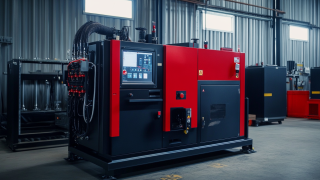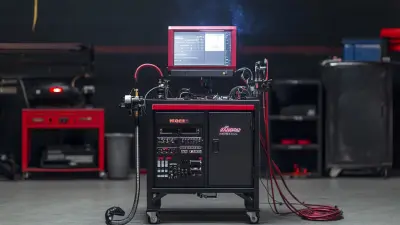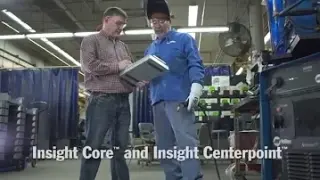To keep everything running smoothly, that is, fast and good quality production, one has to pay attention to the right selection of types of equipment in manufacturing and fabrication processes. One of the essential tools in any welding operation is the Mig Co2 Welding Machine- the most modern technology for a welding operation. Its processes are all seamless and highly versatile alongside precision. This is of utmost benefit for businesses today because of the highly competitive environment existing today. Above all, a comprehensive understand of the machines will be necessary to optimize the capabilities in welding as some companies change equipment or introduce new projects.
At TAIZHOU YIKE MACHINERY CO., LTD, we are all about high-quality inverter welding machines that meet your needs in different industries. Our location at Xiayangzhang, Daxi Town Wenling City, Zhejiang, China, gives us strategic advantage since Taizhou airport and Ningbo and Shanghai ports are really close to us. We offer quality products at very competitive prices but without the quality getting compromised. In this all-inclusive guide, we are going to look at the factors that will guide you in choosing the best Mig Co2 Welding Machine for your factory so that you can understand your decision making to improve production. Ultimately, it will help in decision making without compromising on quality.
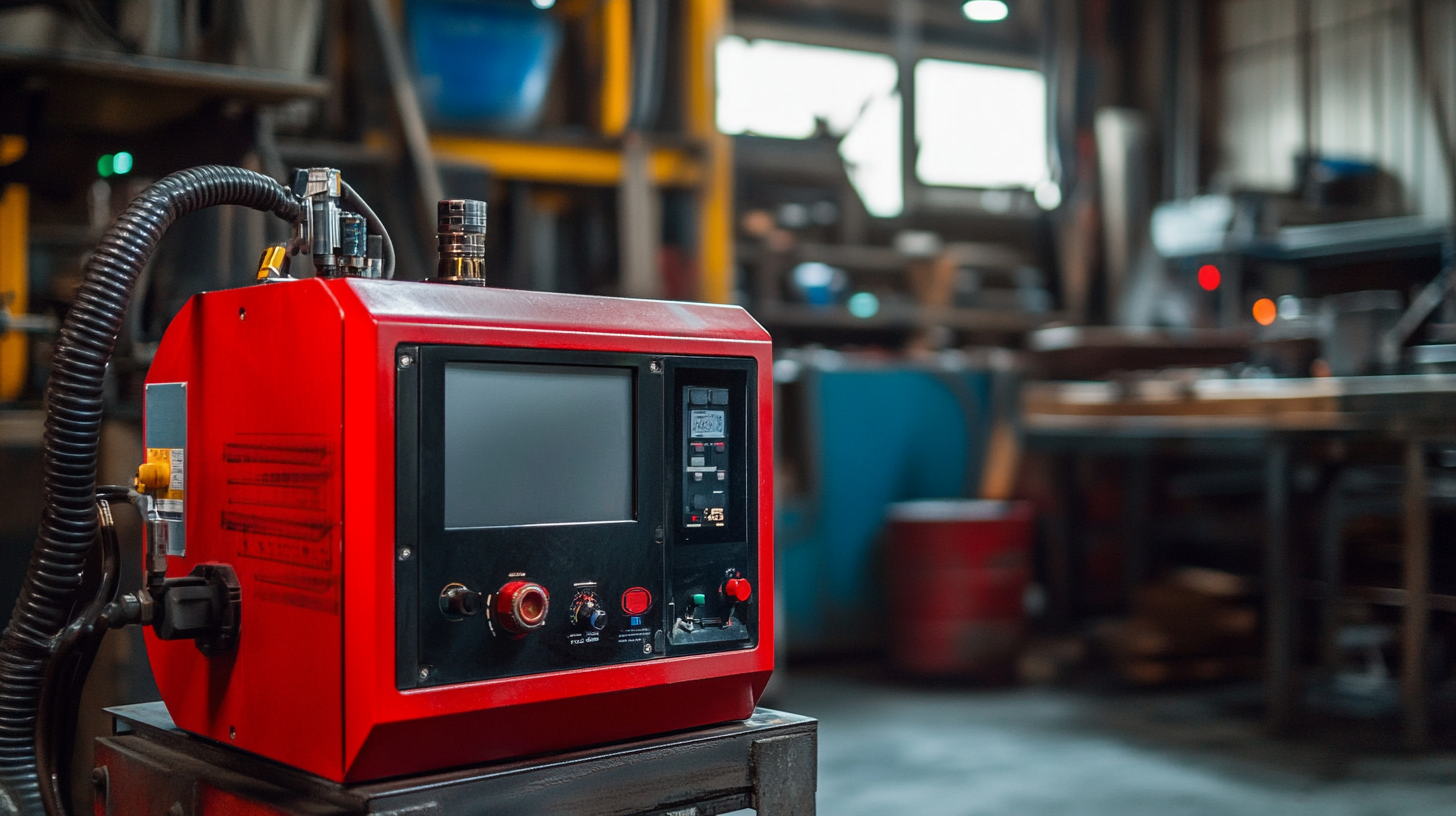
In selecting the right equipment for your business, there are a few key features to consider when looking at a MIG CO2 welding machine to get the perfect equipment. The first of its kind has to be power output. Depending on the thickness of the materials you are going to weld, you will need a machine that provides adequate amperage. In general, any machine in the range of 140 to 200 amps would do for most applications; for heavier jobs, it would make sense to check out machines offering higher outputs. A very important feature is the duty cycle. This means the time a welding machine can keep working without overheating. For any business engaged in long hours of welding, a higher duty cycle (minimum of 60% at a given amperage) is required to ensure efficiency and minimum downtime. Also, look for machines with adjustable settings as to voltage and wire speed in order to cover a range of welding techniques and material types. Mobility and user-friendliness are equally important, especially for businesses that will frequently be moving their equipment. Check for lightweight machines that come with wheels or carts for better ease of transportation. Other useful features include digital readouts which allow easy setting adjustments and interface monitoring by the user allowing in-addition real-time changes. In summary, being able to outfit the MIG CO2 welding machine with extra usability features based on power output and duty cycle will see improved productivity overall.
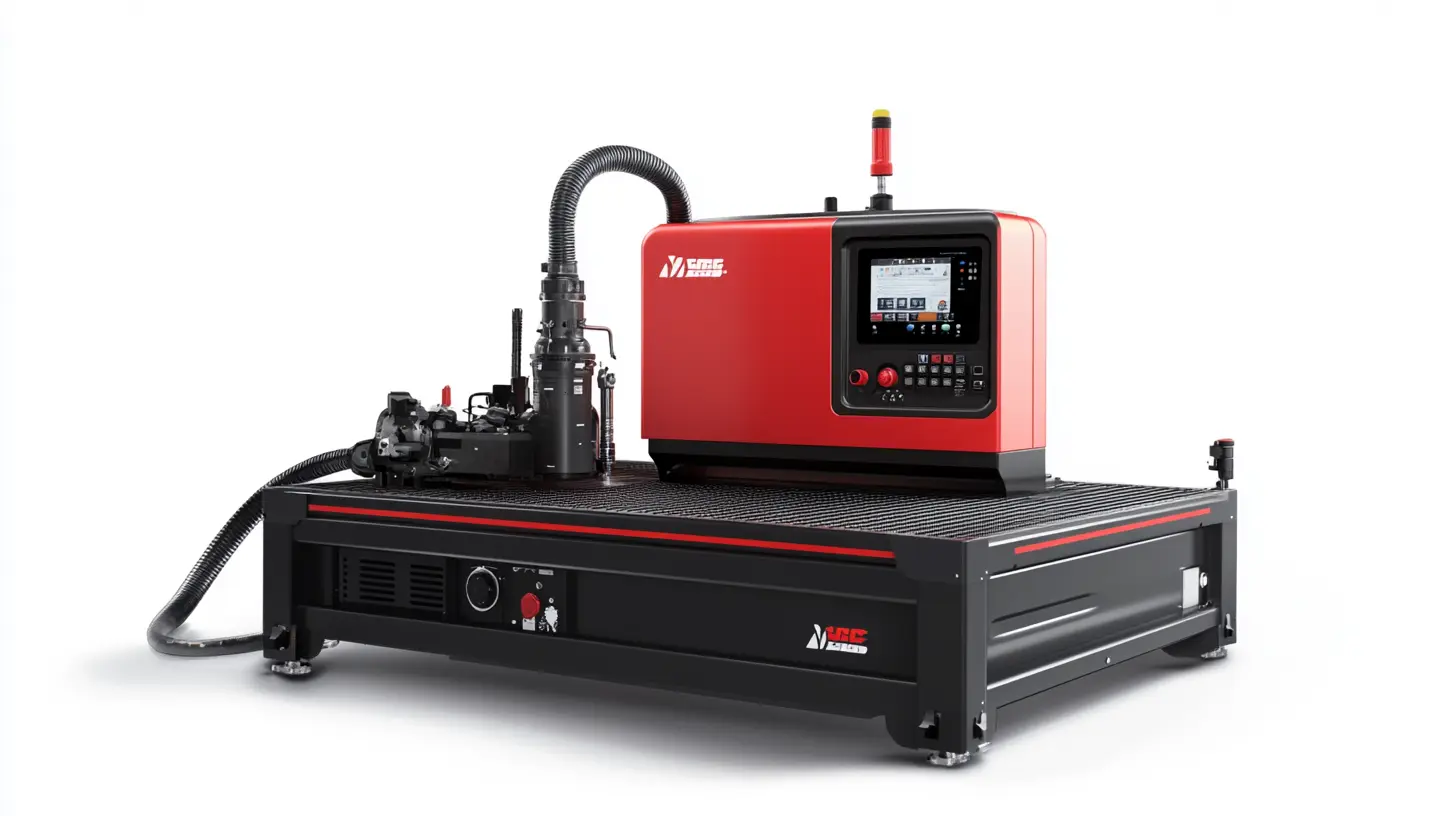
Choose an appropriate MIG CO2 welding machine for your commercial need after knowing the types available and knowing which of them suits your needs to make the most informed decision. MIG welding machines are available and can be configured for various welding requirements. The two very basic types are: gas-shielded MIG welders and gasless MIG welders.
Gas-shielded MIG welders, as the name refers to, uses a continuous feed of shielding gas such as CO2 or a mixture of argon and CO2 to protect the weld pool from the atmospheric contamination. Gas-shielded MIG welding is best suited for thin material and produces clean welds of high quality. The gasless MIG welders, often known as flux-cored arc welders, function with a special wire which contains flux. It is very good for outdoor and windy conditions since external shielding gas is not needed.
Machines are further classified on a power output basis and could therefore range from hobbyists and elementary tasks to those capable of doing greater tasks with machines for heavy-duty industrial work. The knowledge differences shall let you choose a proper MIG CO2 welding machine that would serve both your technical specifications as well as your business requirements and budget.

You will understand the power requirements and output before selecting the best MIG CO2 machine for your business, evaluate the types of materials and thicknesses you are going to work on. Different welding projects require different power levels, and with the right machine, your workload can be improved tremendously, both for efficiency and quality. For example, lighter materials would work well with a lower amperage machine, but heavier metal pieces would require a high-output welder that generates the needed heat to penetrate.
You should consider the duty cycle of a machine, which is defined as the amount of time that an equipment would run continuously before it needed to cool off. A higher duty cycle incorporates a business that would be frequently using such equipment. The time during which a worker spends on task welding can be compared with duty cycles to ascertain that machine selected would tolerate the required load without overheating or poor performance.
Power sources in the working environment can also be considered. Most MIG CO2 welding machines work on standard 110V outlets, while some may require a 220V supply. Your choice would depend on the distribution of electrical capabilities in your business environment. This evaluation will ensure that you arrive at a machine ideal for your business and over time improve the efficiency of your operations as well as quality in output.

Of course, there are other factors that can raise the level of MIG CO2 production site. Selection of effective welding accessories, if careful and appropriate, can make a very significant impact on efficiency and productivity. Among the most useful accessories were the welding helmets, protective gloves, and appropriate gas regulator systems. Research data indicate that high-quality protective equipment mitigates injuries and improves safety at the workplace by up to 50%. The safety elements have not only enhanced the degree of protection that the welder might have suffered but also significantly improved concentration leading to a higher quality of welding work.
Effective gas flow is also a key element of a successful welding process. The latest regulator models have been developed to provide even more pressure stability, which is important for optimal results. Industry standards refer to maintaining proper gas flows as a measure of improving arc stability and reducing weld defects, which, as a consequence, has an outcome on the cost for businesses. Such advancement in gas management can save welding costs by around 20% for companies.
All in all, one can invest in other tools, such as spool guns or MIG welders with advanced features. Technology advances have made it possible for welders to self-perform on machines with several settings designed for various materials and thicknesses. This versatility enhances productivity and is also great versatility for a welding business since it now has more services in store. Careful scrutiny of these accessories will create a solid welding setup in the enterprise.
So balance is an important aspect when buying a MIG CO2 welding machine for your business between between cost and quality. Many manufacturers manufacture machines from a wide price range, but that does not always mean that a lower price equals a better deal. It is important to consider before the purchase: what are you getting for your money? Even though a very good machine maybe needs a heavy initial investment, it will eventually save your costs in comparison and give an excellent performance, thus making it the cheapest for you in the long run.
And also, the high-quality machinery always turns to last longer and more reliable. You'll save money, perhaps on the initial cost; however, states that these cheaper models lack most of the capabilities and the quality in construction that would suit jobs undertaken by professionals. Take welding speed, usability, and efficiency into account when weighing your options against each other. A machine that does something much easier and less error-prone will improve productivity and make it all worthwhile. Find out the specific business requirements and capabilities the machines you are considering can provide. This will put you in a better position to make a decision within your budget while also taking care of longevity and performance.
Most importantly, it's not just about finding the lowest-priced MIG CO2 welding machine, but how best it can work in your operations. Cost and quality, balanced, enable one to arrive at a choice that is geared towards supporting business goals and nurturing growth in the welding projects.
Regular maintenance is one of the recommended tips of keeping the MIG CO2 welding machines for optimal performance and longevity. As a major capital investment into any business, a neglect of the welding machine can create a huge expense on repairs and downtime. Right maintenance is key in not only prolonging the life of your equipment, but also boosting its efficiency while making the welding quality better.
Some tips include cleaning regularly as key practices of maintenance, so that dust or debris does not obstruct performance. It is also vital to check and change worn-out parts; there should be signs of disintegration in hoses and connectors, which can put your safety and efficiency into jeopardy. Furthermore, checking the gas cylinders for any leaks assures that the welding process is smooth and safe. In addition, the calibration according to manufacturer specifications can reduce the possibility of problems before they are even there.
It cannot be emphasized enough with reference to the latest shipbuilding maintenance being done in other countries. Welding machines also retain the same truth. Thus much maintenance and care should be given to welding machines. Just like warships need special refitting for their readiness status, so also should each welding machine. Implementing this practice of maintenance will ensure that business operation is smooth and consistent quality is achieved in a competitive environment.
MIG CO2 welding requires strict adherence to safety regulations and safety protocols that guarantee a safe working environment. As reported by the American Welding Society, about 25% of welding injuries are attributed to improper safety measures. Therefore, when working with MIG welding machines, the best practices must include the use of personal protective equipment (PPE) such as welding helmets, gloves, and protective clothing against sparks, UV rays, and excessive heat. In addition, adequate ventilation is vital to prevent the inhalation of poisonous fumes produced during welding.
Further, regular inspections of equipment can eliminate chances of accidents. According to OSHA standards, faulty equipment is a major cause of injuries in these workplaces. Thus, it is necessary to check gas lines for leaks, check that the welding machine is functioning properly, and check that all safety features work correctly. A recent report in the news suggested that safety protocols reduce accidents on construction sites by as high as 60%, which makes the contribution of a safety culture very relevant.
Training and certification in welding safety allows workers to recognize hazards and then take appropriate steps. Therefore, organizations that conduct welding activities must provide comprehensive safety training that covers all aspects of using MIG CO2 welding machines and emergency response. While welding is undergoing a transformation with the advent of technologies like collaborative welding robots designed for safer working practices, the need for safety awareness remains unchanged. The implementation of such measures would enhance the protection of workers, thereby enhancing operational efficiency and productivity in the long run.
Selecting the right MIG CO2 welder for an industry must be based on real-time applications. Different industries have different welding needs whose fulfillment is key for optimum efficiency and output. For instance, in the automotive industry, precision and speed have the highest priority. Thus, a welding machine with a higher duty cycle equipped with advanced features, such as synergic control for repetitive and intricate automotive repairs and fabrications, will guarantee the consistency of weld quality while minimizing downtime.
On the other hand, industries like construction have to do with a variety of materials and thicknesses. Herein lies the versatility. A MIG CO2 welder that can readily adapt to different wire sizes and support multiple welding processes, including flux-core options, is indispensable for those workers who face diverse tasks ranging from structural steelwork to custom fabrications. The ability to quickly and readily adjust the settings could ease productivity on site.
In addition, specialized sectors, such as food processing or nuclear fabrication, call for machines that comply with stringent cleanliness and safety standards. The selection of a MIG CO2 welder designed with high-end safety features and suitable certifications is therefore of great importance for the purpose of complying with well-defined industry regulations. Such machines need to work, often in sensitive environments, where there is a risk of contamination and where reliability needs to be assured. When an individual comprehends the challenges and requisites of the specific industry, it goes a long way in developing criteria for selecting the right MIG CO2 welding machine, thus enhancement of productivity, safety, and quality.
It's important to balance cost and quality. A high-quality machine may have a higher upfront cost but can lead to lower operational costs and better performance over time.
Cheaper machines might save money initially, but they often lack the features and build quality needed for professional work, which can lead to higher costs in the long run.
Quality machinery typically offers better durability and reliability, essential for meeting the demands of professional welding projects.
Factors like welding speed, usability, efficiency, and the ability to reduce errors and enhance productivity should be taken into account.
The automotive industry requires machines with higher duty cycles and advanced features to ensure precision and speed during repairs and fabrications.
Versatility is essential, as construction workers often deal with various materials and thicknesses, requiring machines that can easily switch between wire sizes and welding methods.
Machines used in these sectors need to adhere to stringent cleanliness and safety standards to ensure compliance and operate without contamination risks.
Choosing a machine tailored to your industry's specific challenges helps enhance productivity and ensures adherence to safety and quality standards.
Synergic control is an advanced feature that allows for precise adjustments to welding parameters, improving weld quality and minimizing downtime, especially in applications like automotive welding.
It's essential to assess your specific business needs alongside potential machines' capabilities to make a well-informed decision that fits your budget while ensuring longevity and performance.
